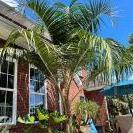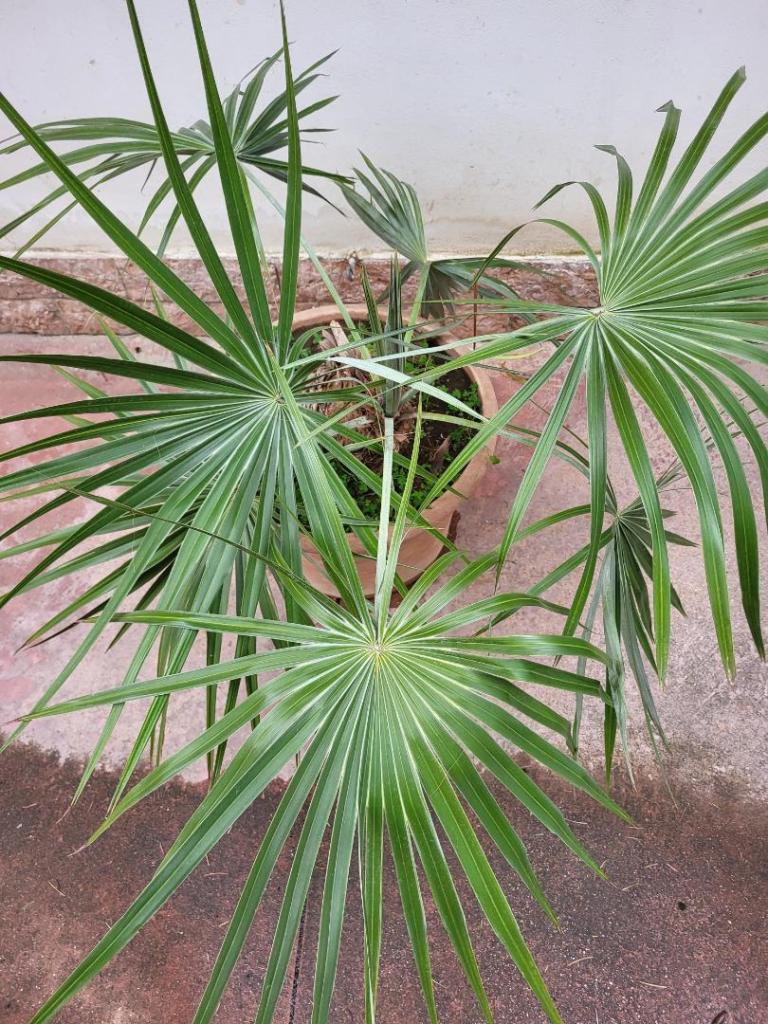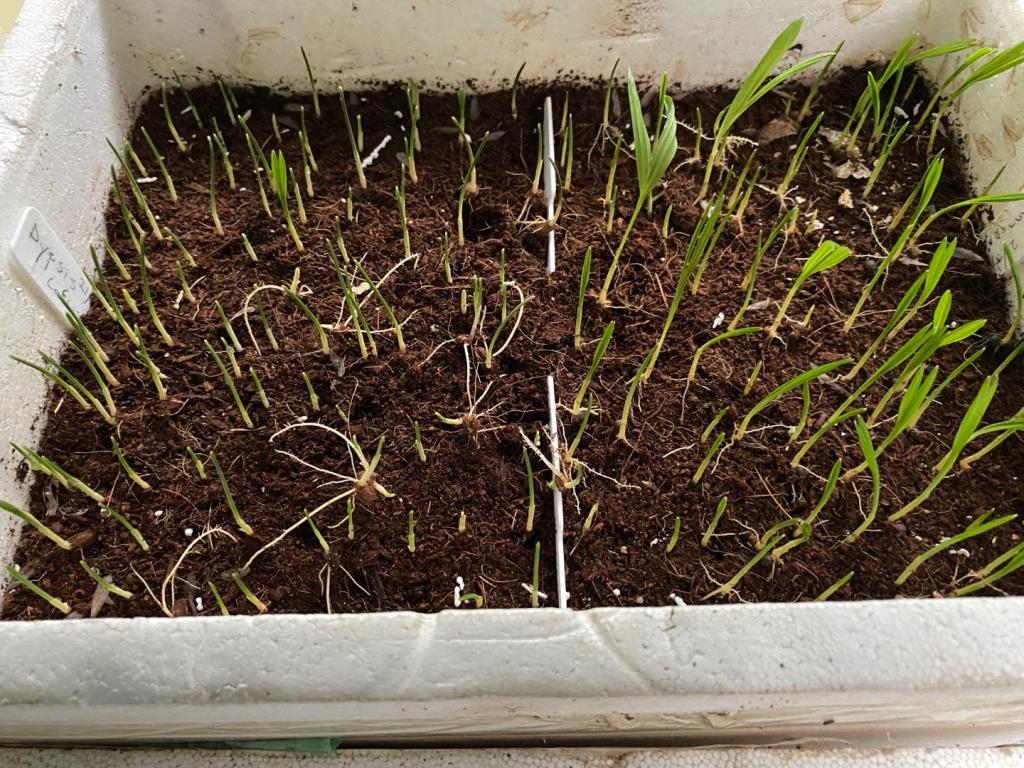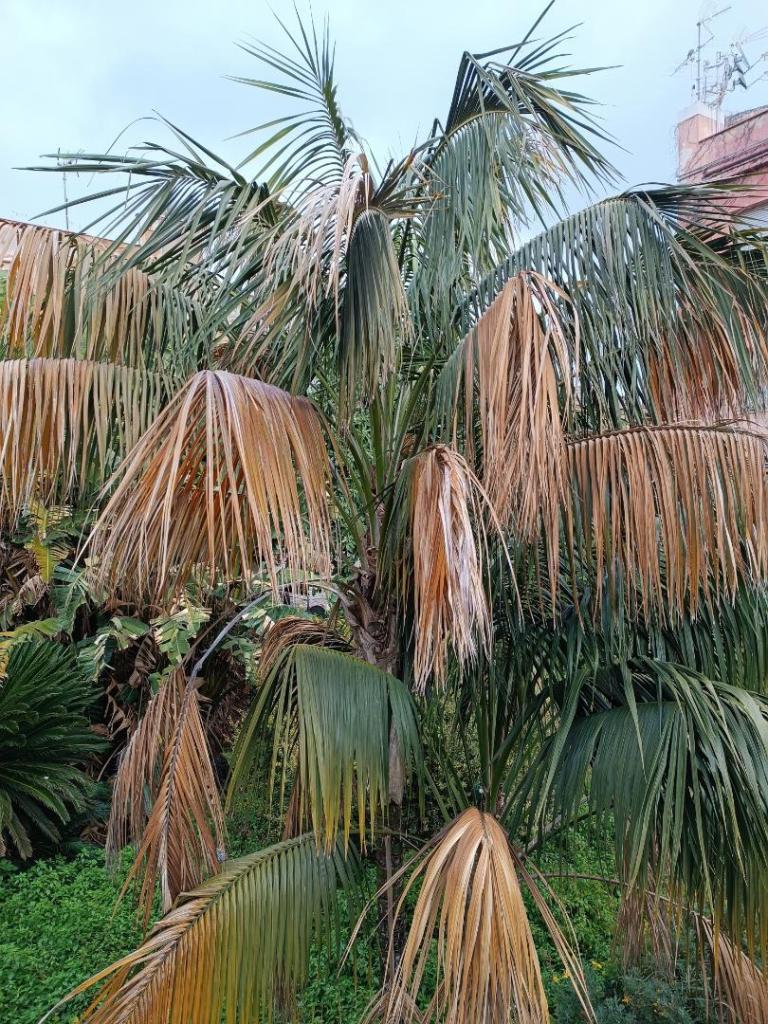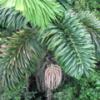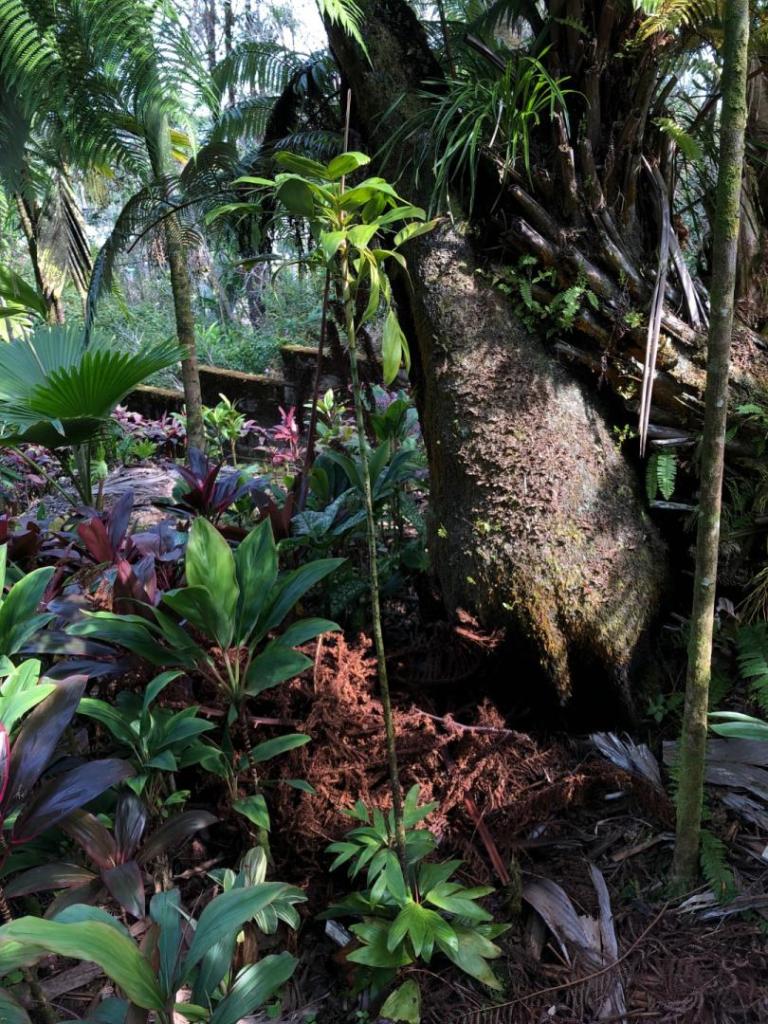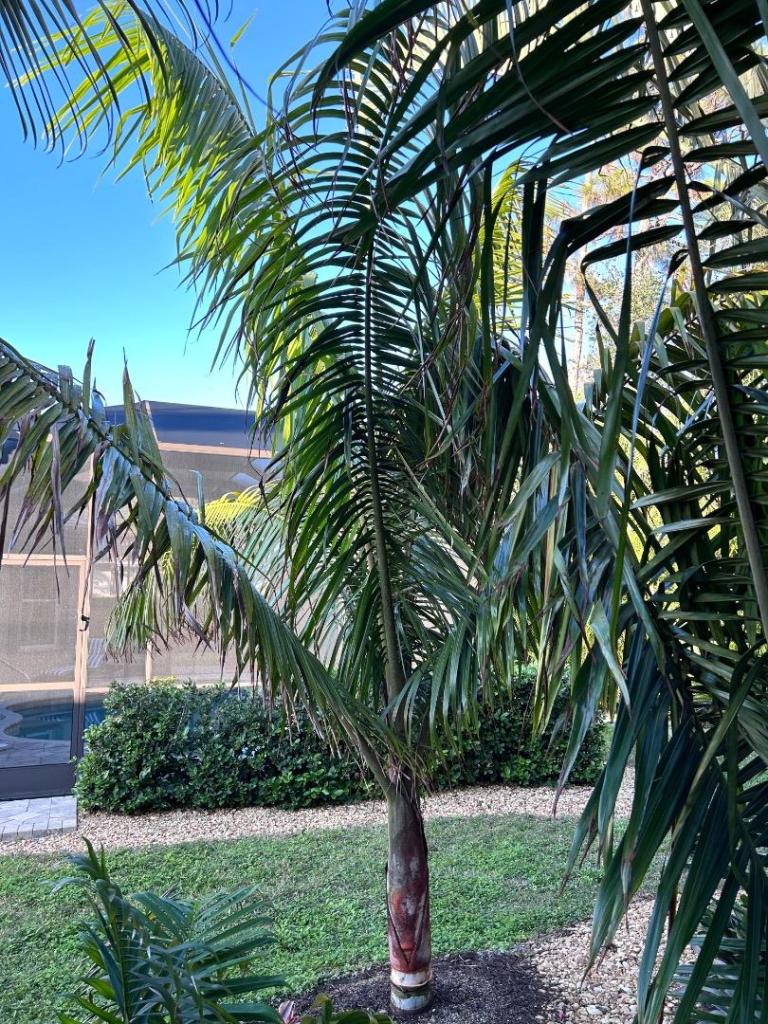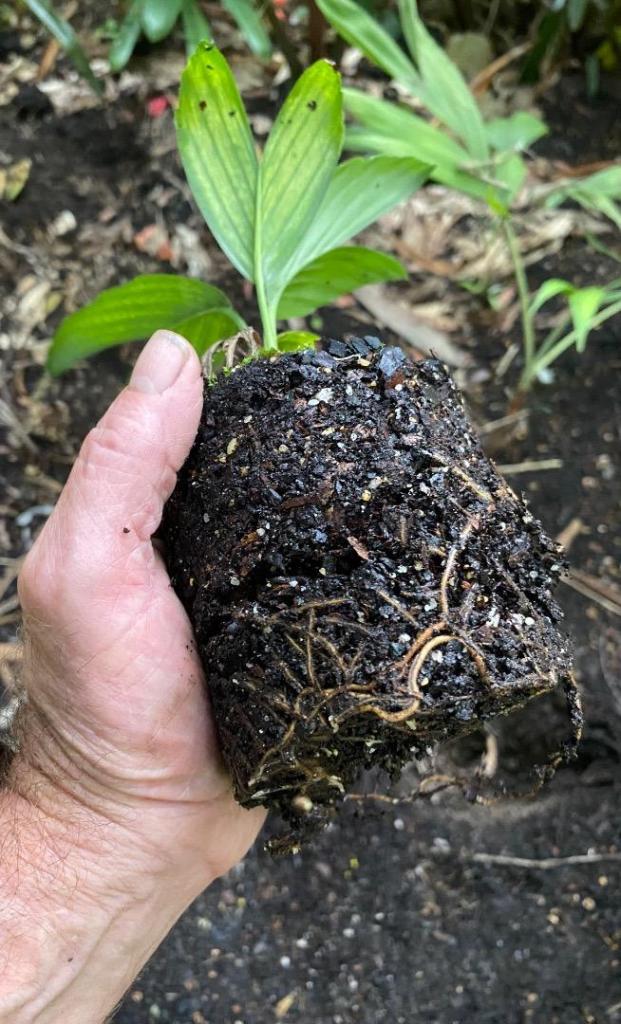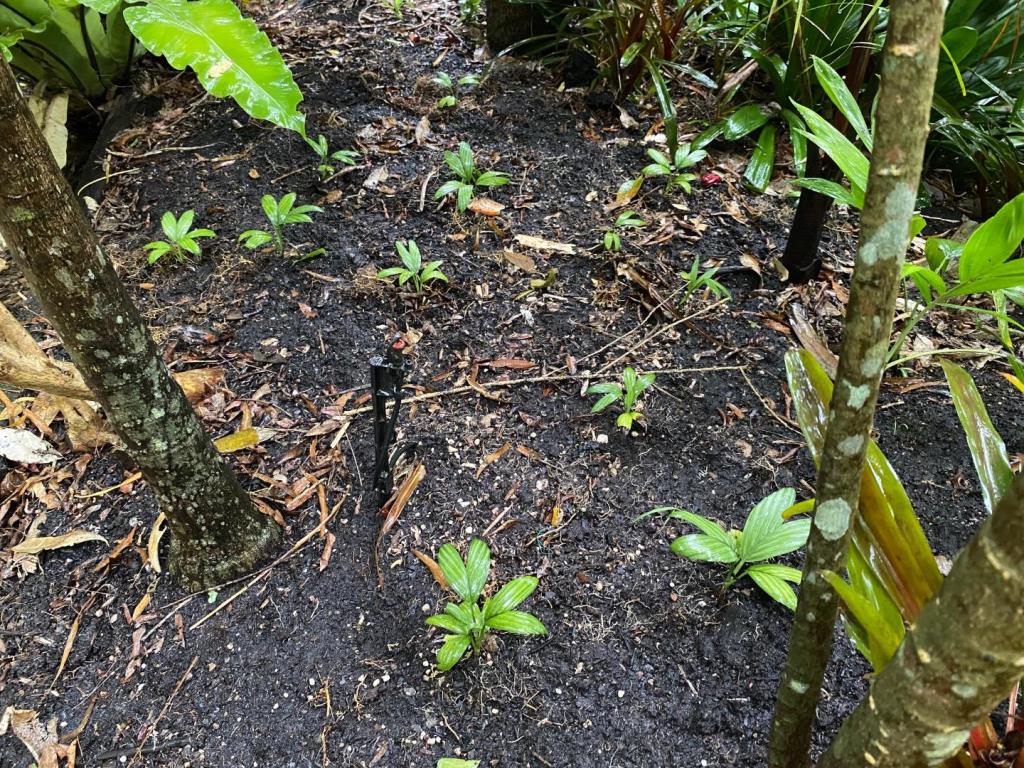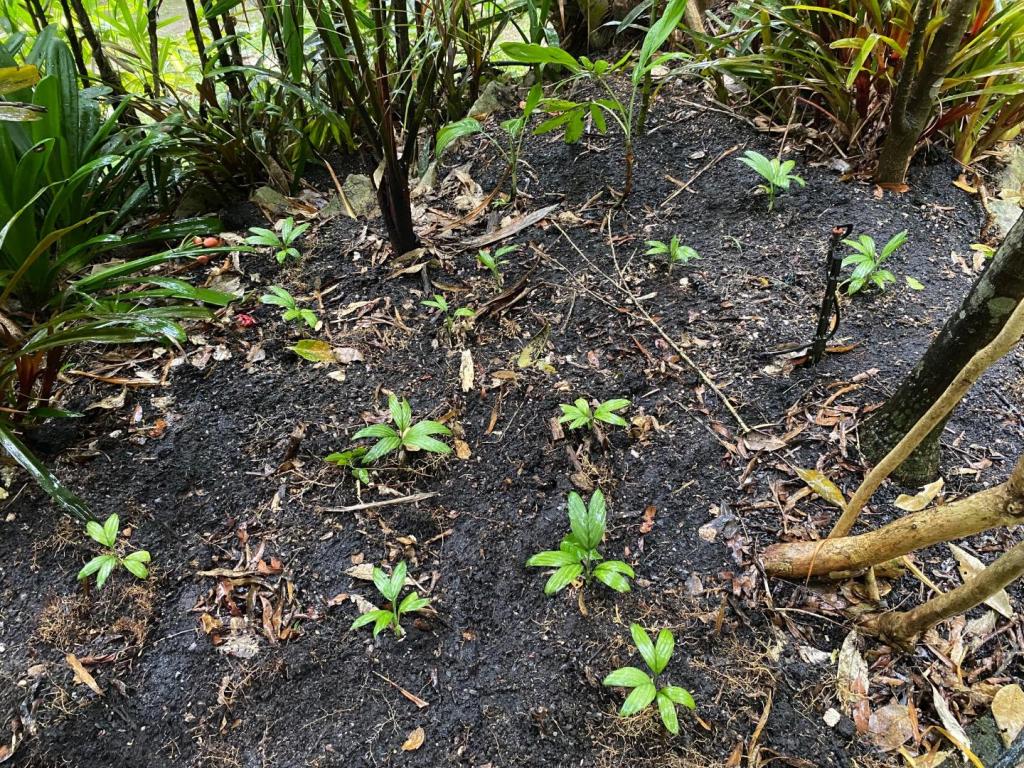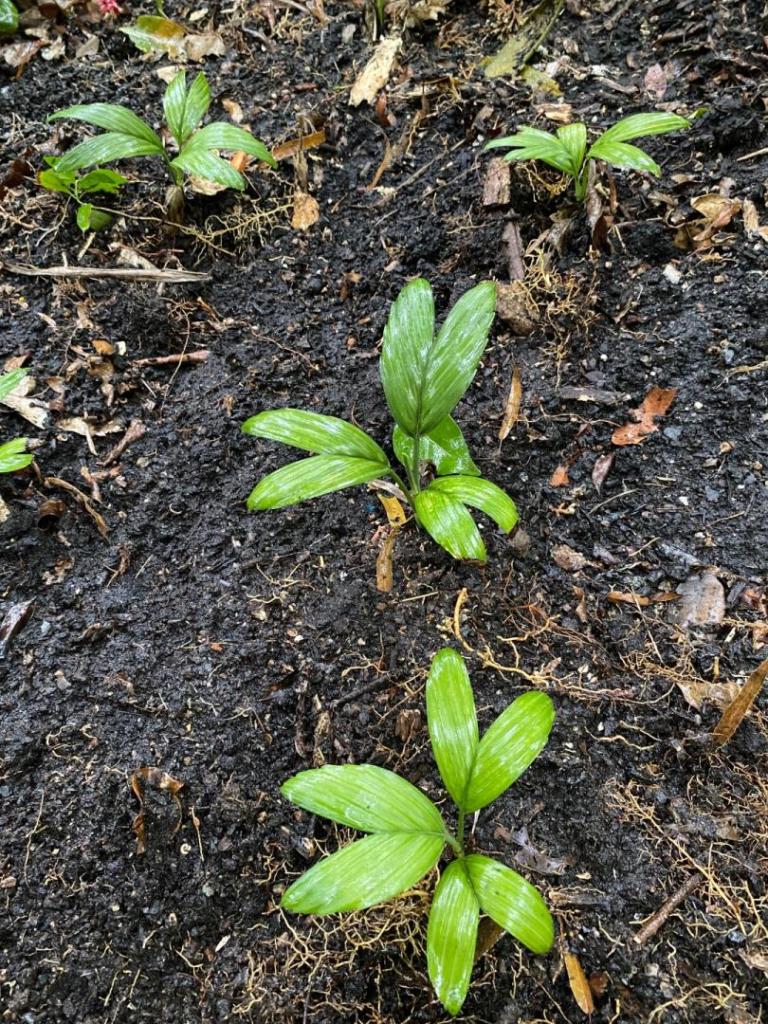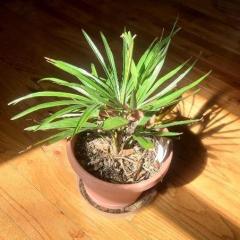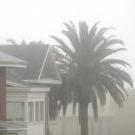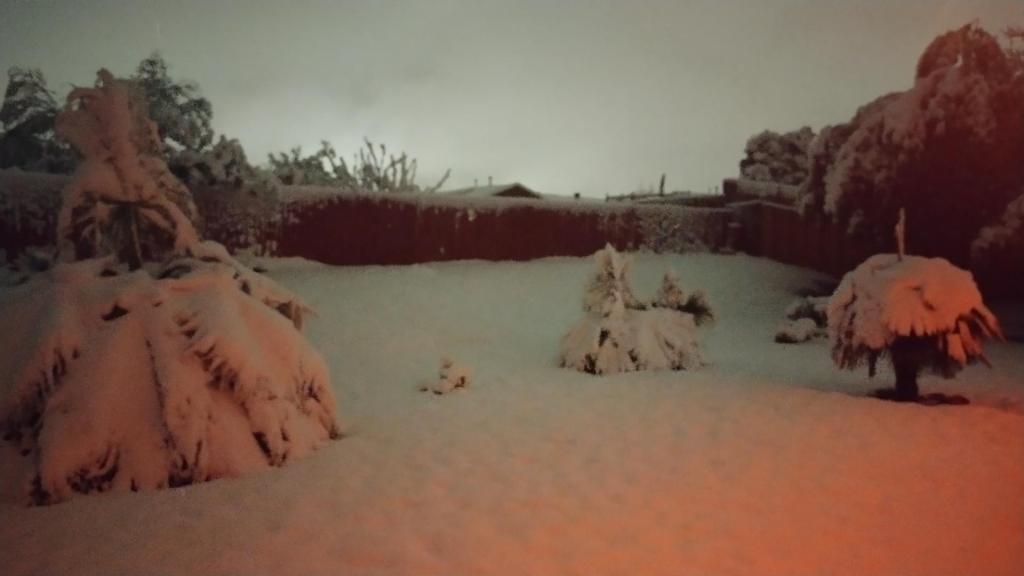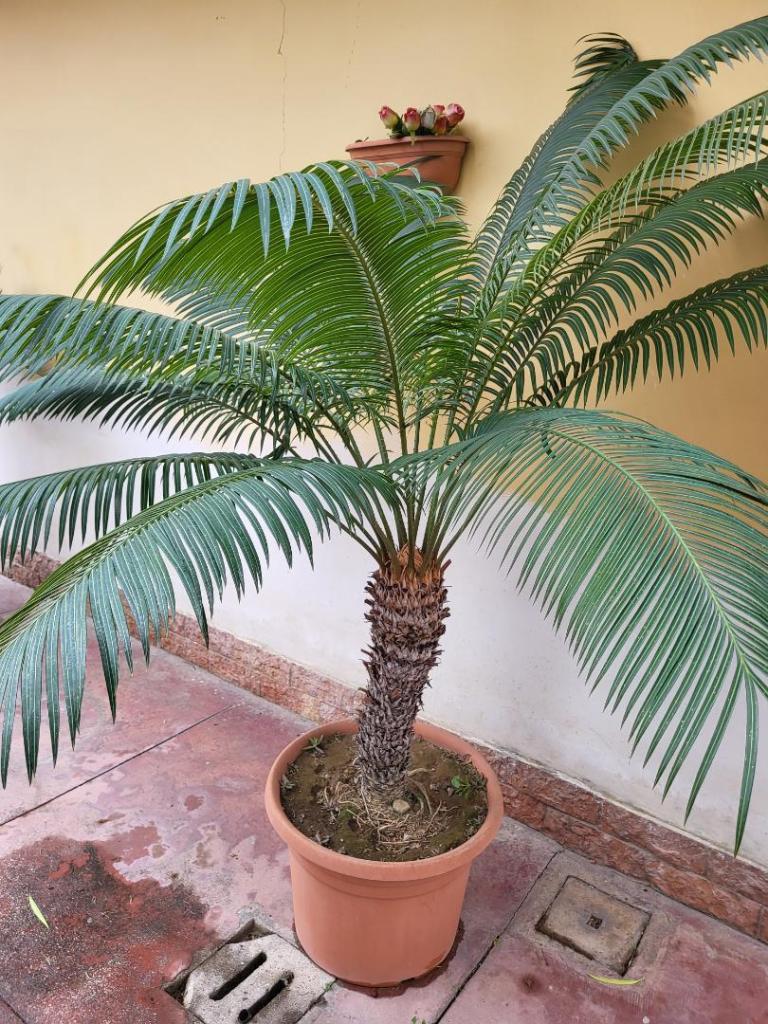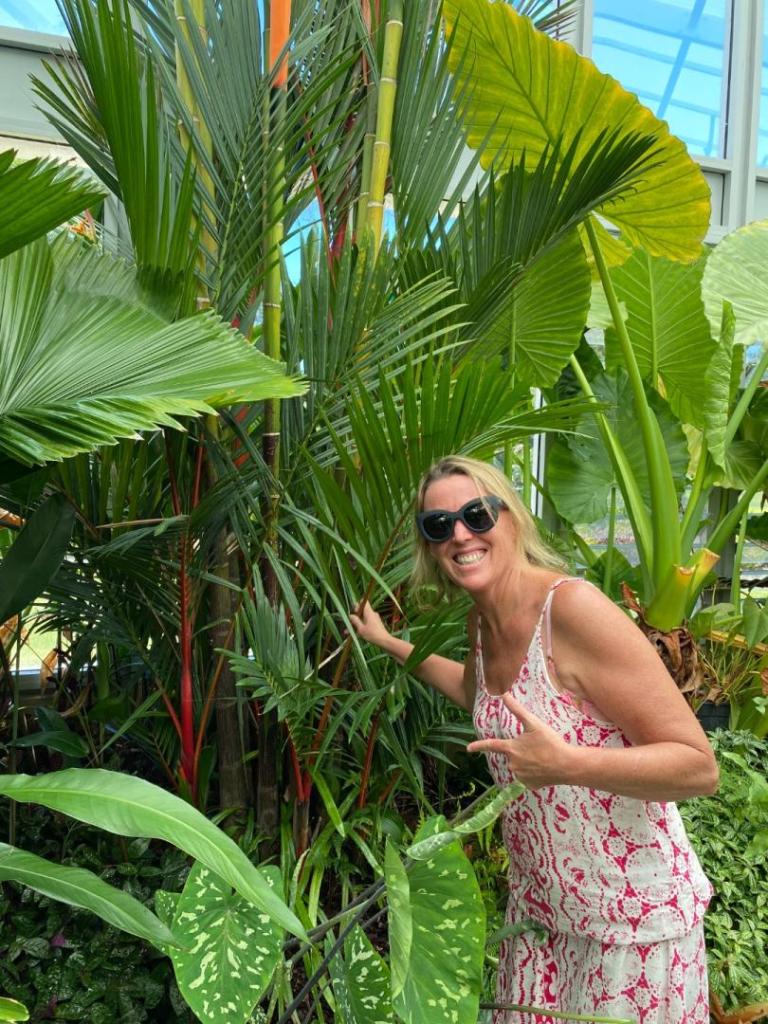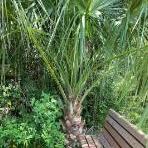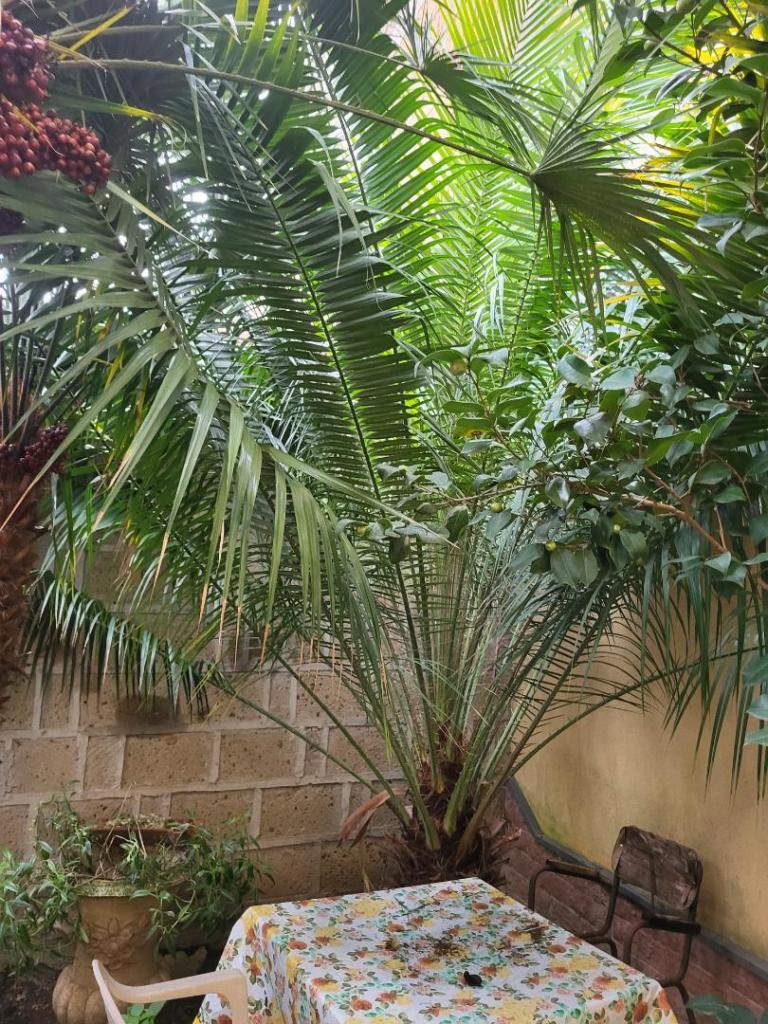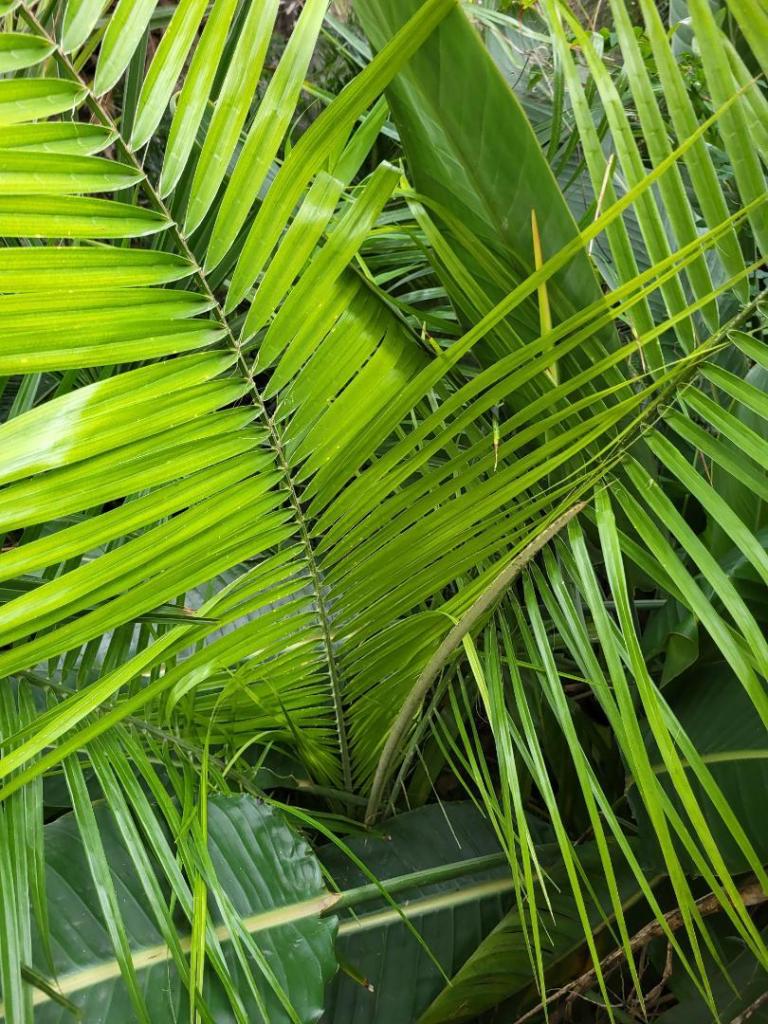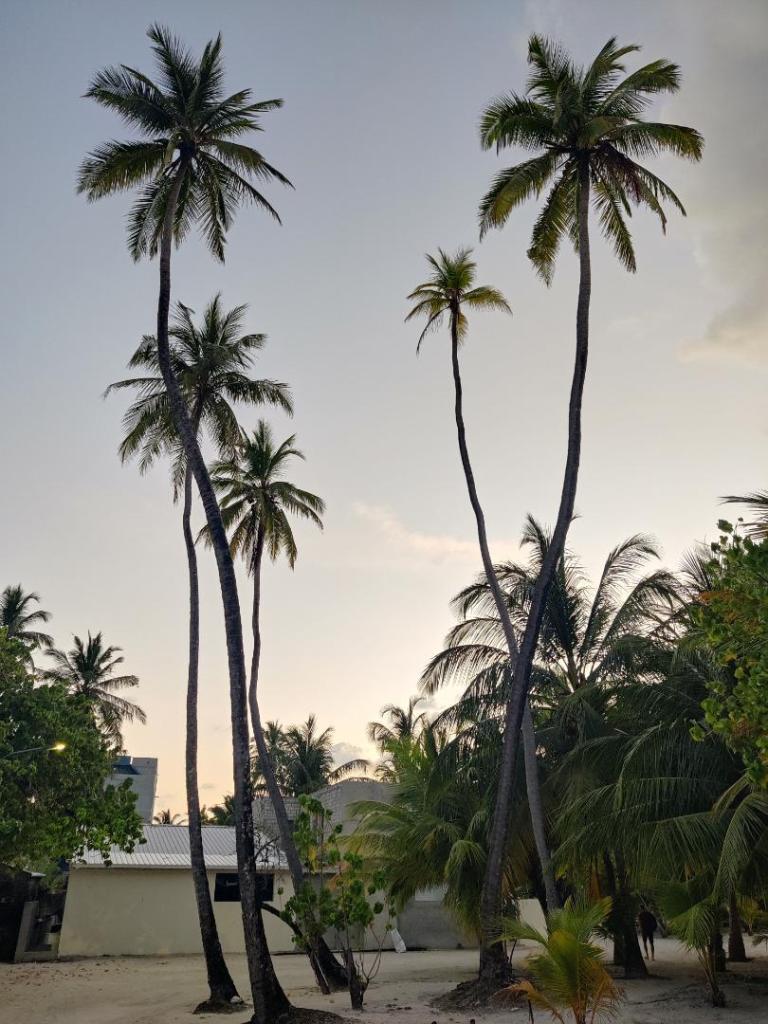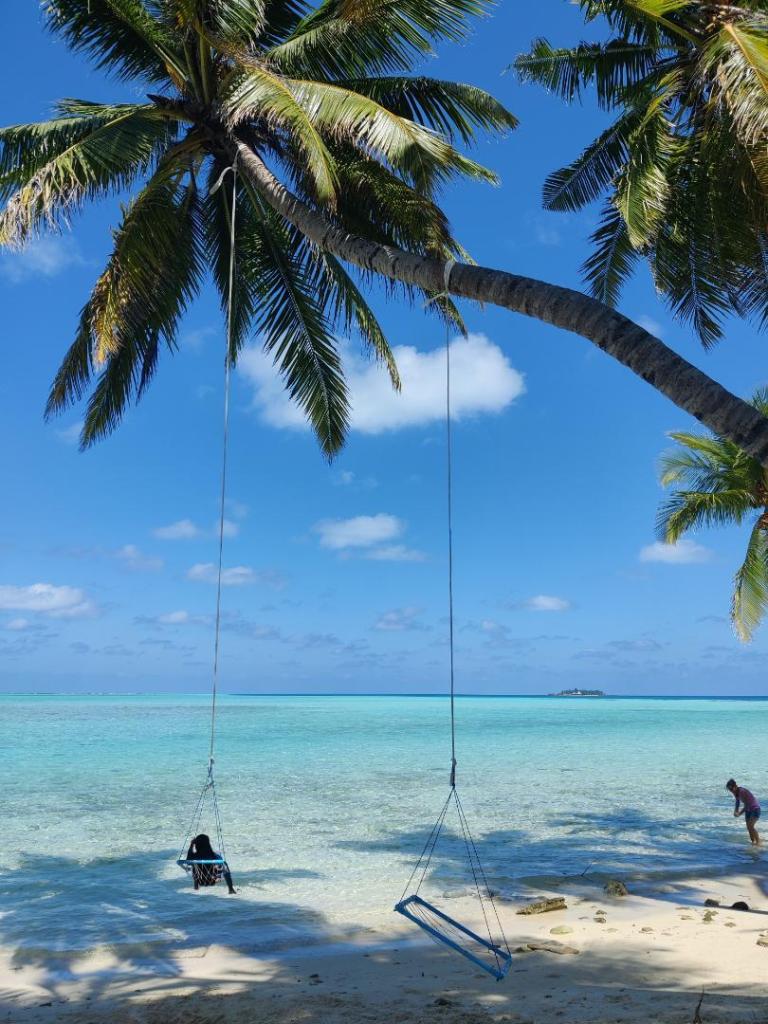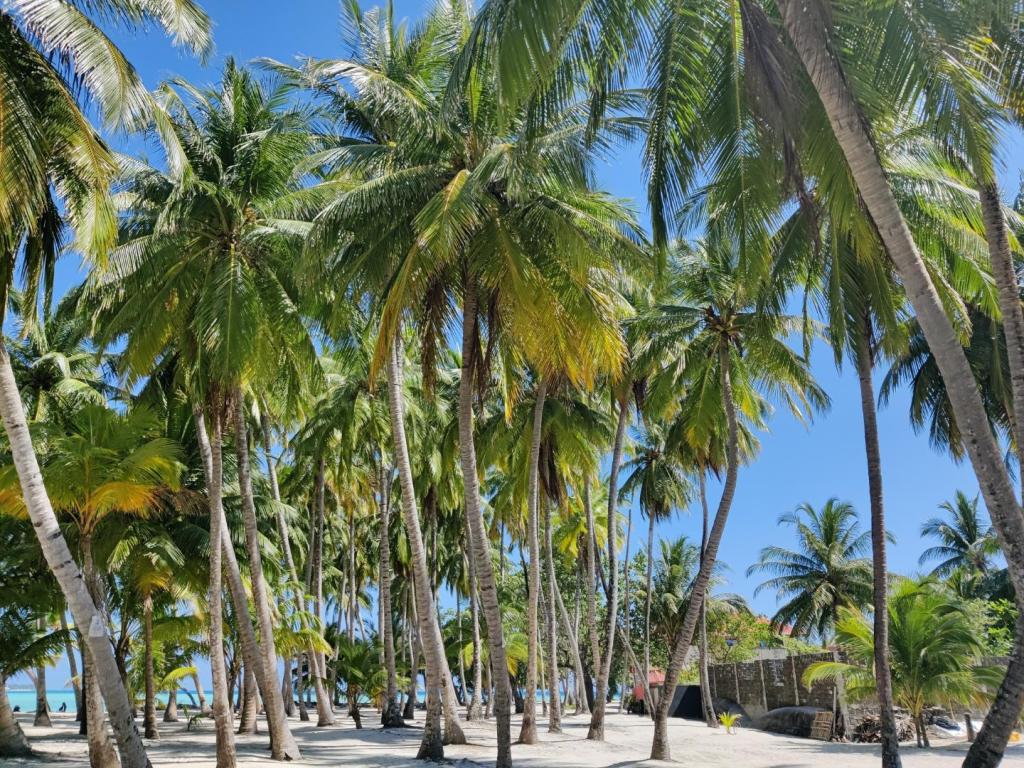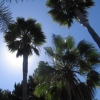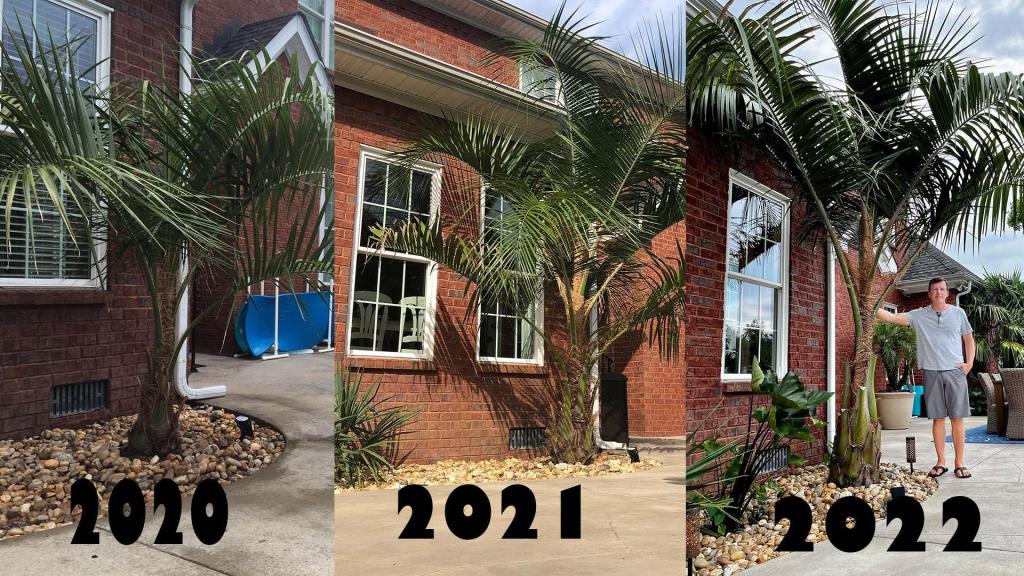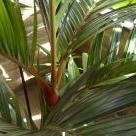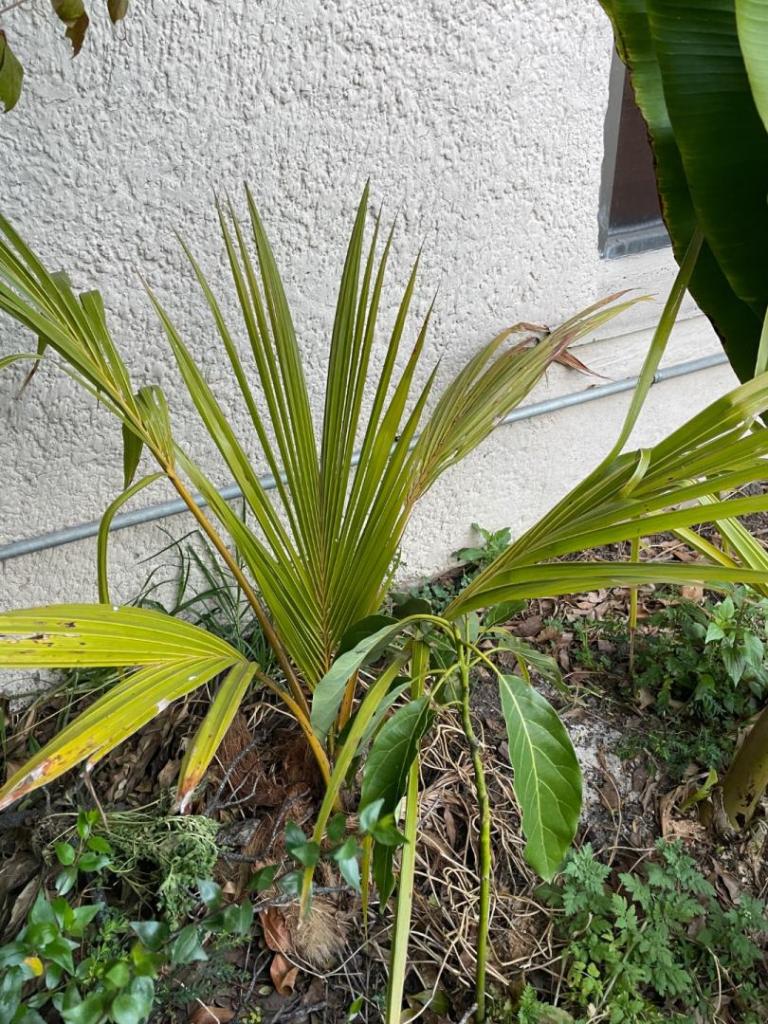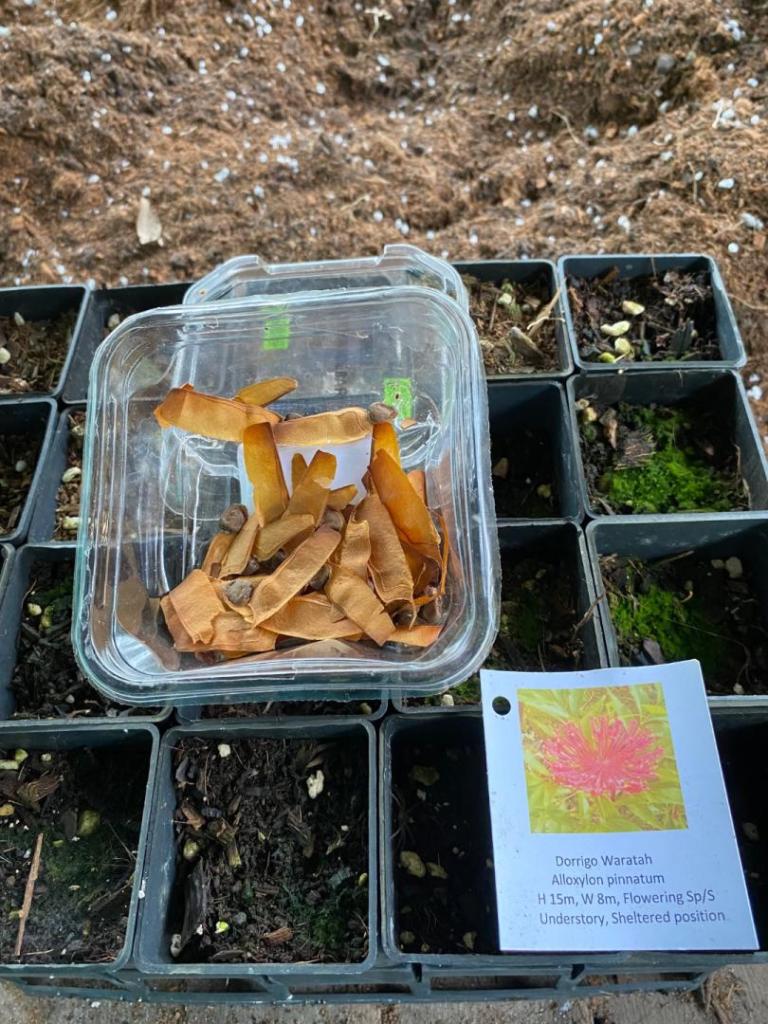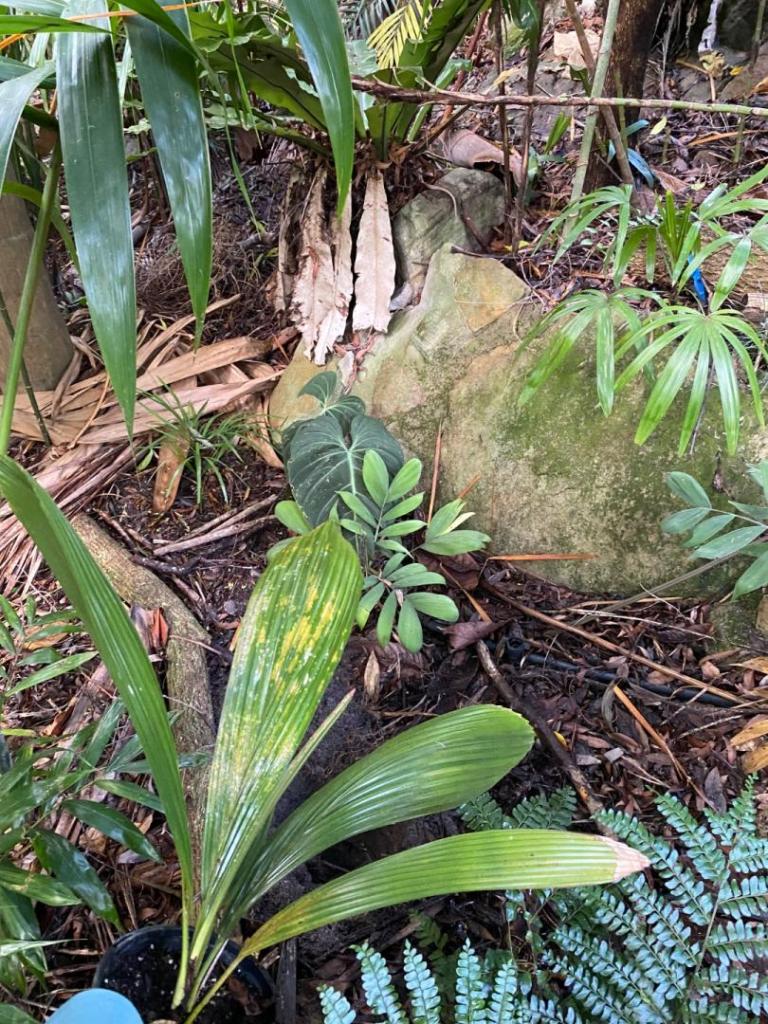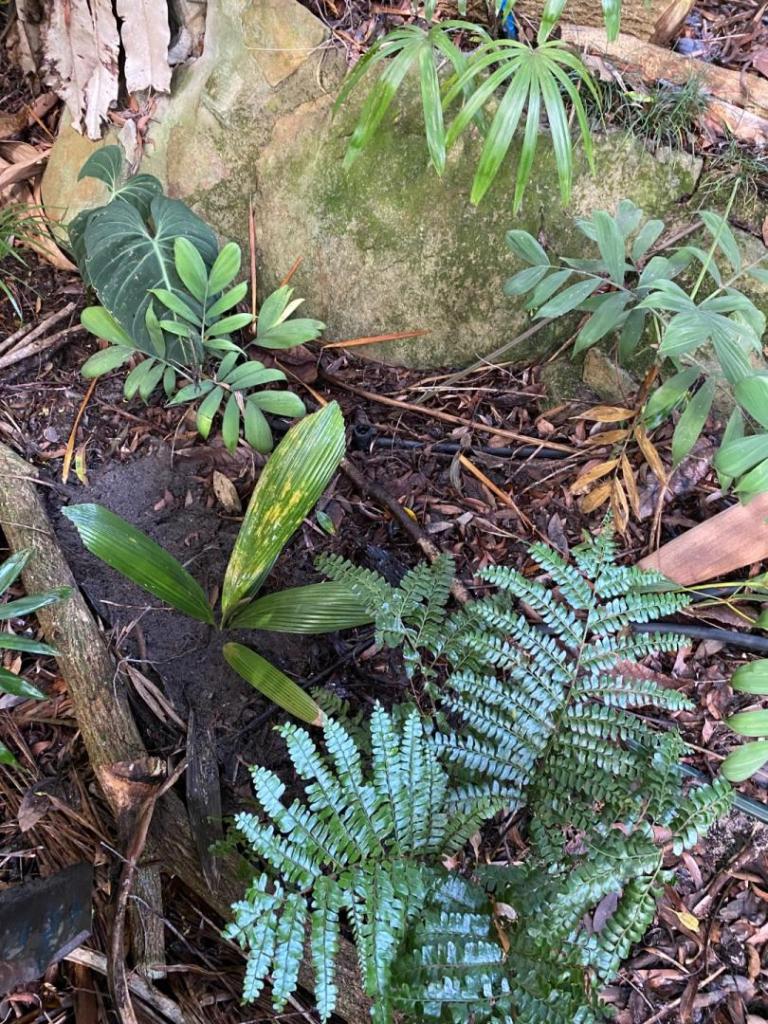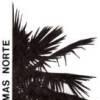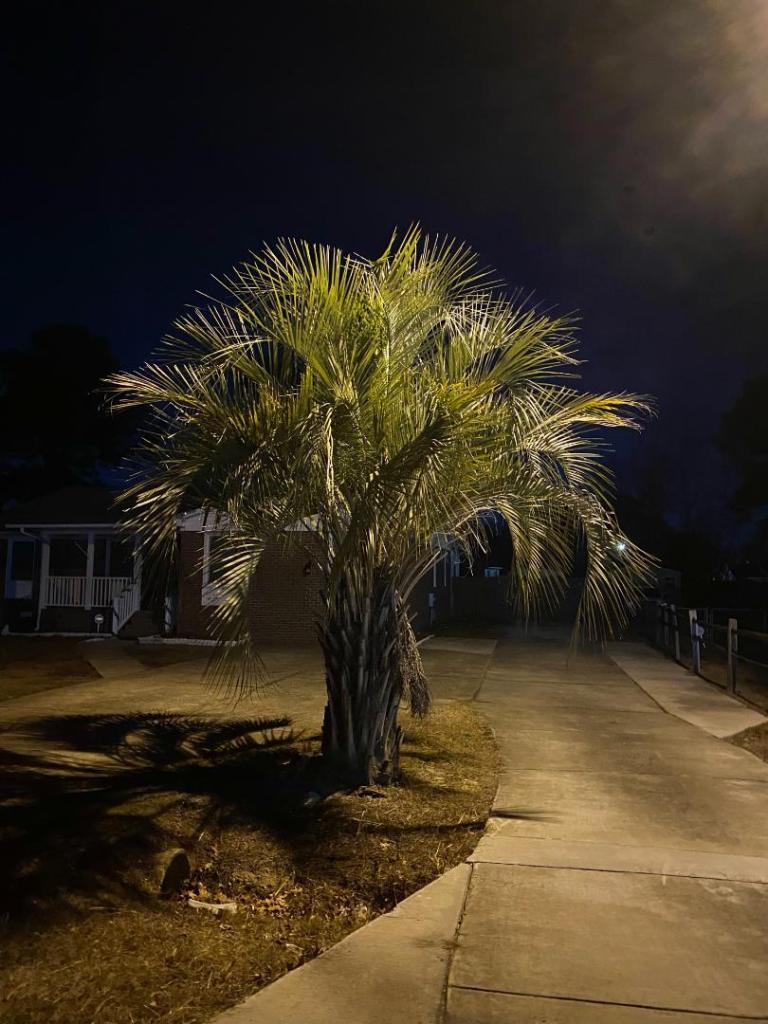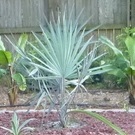Leaderboard
Popular Content
Showing content with the highest reputation on 01/13/2025 in Posts
-
5 points
-
A nice batch of rps seeds if I do say so myself. Bottom heating 30 degrees Celsius coco coir perlite mix and about 3 months time is all it took for this little science project to be a success. There is a debate thats always going on about imported seeds and everyone has his or her own opinion about what germinates and what doesn’t. Let’s just say if I harvest seeds from my garden knowing that they are fresh and export them to some far off destination halfway around the globe. And the grower germinating them gets nothing to germinate. It’s not the person who posted the seeds fault to there best of knowledge they where viable when harvested. The person sending them did the best they could to provide rare palm seeds with the thought of providing the best seeds they could. I have had batches of seeds that never germinated from imported seeds that’s growing for you. It’s no different than buying a stack of rare palms and having them die in your greenhouse or garden after you got them it’s not the seller’s fault. Like they say no one is twisting your arm to buy them!5 points
-
4 points
-
4 points
-
Bill, i have posted the below palm on FB before. I just took a pic tonight after i removed a leaf base. Is this the same palm as yours? I'm still confused as to if it's true C. nauseosus. Or C. Highland Redneck. It is about 12-13ft tall now. It was collected in habitat in 2007. Sold to me as Dypsis lastelliana.4 points
-
I had a few spare adscendens in the greenhouse and a nice little spot in the garden for a group planting. There was already three mature ones in the spot so why not a group planting to accompany them. I think they look rather cute like little turtles running around the garden. Now all I have to do is plant the other three hundred I have around the garden!3 points
-
3 points
-
I'm following up on the Aloidendron "Hercules" hybrid and blooming. I took photos of blooms today, and as you can see they aren't as large and showy as some Aloes. Mine is now about 14 1/2 years in the ground, so it first bloomed about 4-6 years ago. You probably will see more heads and a larger trunk before you can expect to see your first blooms. They do get immense as you can see. I water the adjacent plants via drip, but stopped watering this several years ago to try to get it to slow down. I do worry a bit about its proximity to my front wall. Size Large (US size 10)Men's sandal for perspective on the trunk girth.3 points
-
You really should come visit someday - You would be surprised at how many palm trees there actually are here! But seriously, big palm trees are not yet common in the City , mostly because people here don't think that they can even grow them anywhere in the five boroughs . But I do remember when I was a kid, there was once a huge needle palm bush and good sized Trachycarpus fortunei planted for a while in the Brooklyn Botanic Garden. That Trachycarpus even had a really nice temporary frost protection greenhouse with heating during wintertime ( I may be dating myself, but back then New York City was still a Zone 6B ). When out-of-town people think of New York City, they always envision Manhattan , but it is just one of five boroughs that make up the Big Apple, each with it's own unique environments. Needle palms, and Sabal Minors are definitely now foolproof in in Queens, Brooklyn, Staten Island, The Bronx's and Manhattan. And once local gardeners and landscapers realize that they could also grow Trachycarpus , Butia, and possibly even Chamaerops humilis and Sabal Palmettos here in our current Cfa humid subtropical Zone 7B , you will definitely see them more and more in New York City in the future. But I suspect that only once we hit Zone 8B in a decade or two, the New York City Department of Parks and Recreation will feel comfortable in planting full size palm specimens in public spaces. But for now, any palms currently being grown in the city are now in private yards and gardens by zone pushing pioneers like me.3 points
-
From my December 21, 2024 visit I finally visit this pair of Washingtonia x filibusta hybrids in Seven Bar Ranch, that it seems all of you talk about. Looking good! . I assume this is a Washingtonia filifera, which I remember seeing as a small 2 ft plant, when I still lived in ABQ but traveled to the west side a few times. It looks like there are at least three 'Stokes' Dwarf Yaupon Holly shrubs in front, sheared tightly. Driving around that part of town, between Ladera to Taylor Ranch, there was a surprising amount of escarpment live oaks, Italian stone pine, and other interesting plants compared to what I remember. Most were probably there when I lived in ABQ into 2013, but have simply grown in size over the decade. SOme were Texas and western honey mesquites that were in a 1990's design I specified for a park design, still growing nicely at an overlook of the city and Rio Grande. I may post on some of those in that subtropical but hardy plants area here.3 points
-
3 points
-
Brush/knock it off. Your palm leaves will stay colder, longer with the snow on them. It takes 144 Btu's (heat) to change 1 pound of 32f snow into 1 pound of 32f water. That is the same energy needed to warm 1 pound of water from 32f to 176f. I would rather that energy(sun/air)going to the palm leaf, not melting the snow. That snow as it is in a "solid" state, can get super cold on a radiatonal night. That leaf will not warm above 32f until that snow changes state into a liquid. If you are dealing with a ground level palm buried in snow on a zero night, yes the snow will probably "insulate" from the colder air due to the warmer ground. Short story, a palm leaf will warm faster without snow as opposed to with snow. I knocked the snow off shortly after the morning picture. 11/7/24 11/16/243 points
-
2 points
-
I went for a visit to the Coffs Harbour botanical gardens and they have a few plants for sale at the gift shop, I couldn’t help myself when there was a tray of echinacea plants there for sale 11 all up. Well what do you do when you have a garden the size of my garden you gotta buy the whole tray ones not going to do much of an impact statement. So I splashed out and got the lot Iam sure the garden will look better for the purchase. Iam sure the wife will be happy with the flowers I know iam.2 points
-
RIP to the mule palm after 8 years. After much agony I decided to cut the mule palm. It is already done. While I was able to protect the spear and mid fronds a few feet up it had grown too tall to be safe to reach on a ladder and I felt unsafe the last time I tried to wrap it. Also the palm is soo tall that the fronds are above the first floor and we can't see them out our windows. it is going to be replaced in spring with our large potted waggy. Thanks to everyone for following along. Since we first planted it I told everyone this would be the eventual result. https://www.youtube.com/watch?v=zFKT2zlcMbU&lc=UgzhStMwFhGE08fGJrB4AaABAg2 points
-
2 points
-
the stations here directly at or near the harbor all had low temperatures this morning between -2.7 °C at the harbor directly to -3.3 °C and we -5.2 °C, extreme differences for the fact that it is only a 15-20 minute walk.2 points
-
2 points
-
I think you are correct on the 1990 map using a different number of years: The Arnold Arboretum map remained the standard over the 1960 USDA map until 1990, when the US Department of Agriculture, in cooperation with the U.S. National Arboretum, updated the USDA hardiness map, using data from between 4,800 to 14,500 weather stations. Various publications by Dr. Marc Cathey, who oversaw the map project, have given a wide variety of radically varying weather station numbers. I expect the low end would be more accurate. Although Cathey also claims to have used a 15-year dataset, the 1990 map actually used a 13-year dataset from 1974-1986 (US) and 1971-1984 (Mexico). This revision shifted most areas into zones that were one half to one zone cooler than the previous Arnold Arboretum map. https://www.plantdelights.com/blogs/articles/plant-hardiness-zone-maps Additional Links: https://en.wikipedia.org/wiki/Hardiness_zone https://tpacker25.medium.com/an-illustrated-history-of-americas-plant-hardiness-zones-with-a-closing-look-at-one-north-carolina-county-694dd2185803 https://www.gardeningknowhow.com/planting-zones/shifting-hardiness-zones.htm https://farmflavor.com/lifestyle/garden/guide-to-the-new-usda-plant-hardiness-zone-map/ https://planthardiness.ars.usda.gov/pages/map-creation If anyone is interested in reading it, there was a short article in the December 2023 issue of The Palmateer discussing the history of zone maps: https://cfpacs.com/org/wp-content/uploads/publications/2023/palmateer_2023_04_84.pdf2 points
-
2 points
-
This is my baby Beccariophoenix Alfredii. I just received it right before winter and put it in my heated greenhouse. (Zone 8a) I didn’t repot because it had a long journey to get to me. It arrived in great condition. It took it about 2 months before resuming growth in my greenhouse, but now it is taking off. Has already put out full spear with the new one coming in nice behind it. The temperature in my greenhouse never falls below 65 degrees Fahrenheit at night and peaks at about 85-90 during the winter months.2 points
-
2 points
-
2 points
-
2 points
-
2 points
-
2 points
-
2 points
-
1 point
-
1 point
-
Have you compared it with P theophrasti under same conditions? R your mozafati seedlings blue?1 point
-
Interesting what you say about Mazafati because I've sown some seeds from supermarket dates of Mazafati and they're still in a community pot with no drainage! And they're going through the second winter. The wet container has even been exposed to temps of -5°C last year and most of them still look fine. That's why I started to think about planting one out in a good spot. Before I was hesitant with P. dactylifera in our cool/cold wet winters.1 point
-
1 point
-
Have you checked for seeds inside the small fruits? If you find seeds, even if they are small yet they are well shaped, you should test their fertility (finger nail test, floating test, sowing). Seeds reclinata x rupicola I am about to send to you are very small, but this only because the trunk I had selected for the cross was a relatively young and therefore short sucker to my convenience (much easier accessibility). Nevertheless seeds are fertile (well most of them probably because several of them have already germinated).1 point
-
Finally I got some frost. Under clear skies it went down to almost -4°C this morning. When I went to bed at midnight temps were still above zero and apperently they went down slowly up until 8 a.m.. Not much frost on fronds or leaves which at least is good. Sun's out and temps are rising very slowly.1 point
-
Another one in the collection hey Giuseppe and a beautiful one at that. Very similar to fischeri but a noticeable difference, I have one in my garden I purchased a year ago. Very tough plants it hung in there for you while others vanished through the troubled times. Now its back giving you hope for the future gardening projects, a good one to plant in your garden, I have been planting a few 23 year old plants in my collection giving them freedom and peace in the garden. A place we all need to be in the garden in peace not letting our worry’s get to us just in harmony in the garden with the plants we love.1 point
-
I was lucky enough to visit the dorrigo landcare nursery and was gifted 40 seeds of alloxyon pinnatum seeds. A stunning Australian rainforest tree with a spectacular flower. A very fussy tree to grow I have three in the garden. Three others I had planted just up and died for no apparent reason. Talking to local nursery growers about the tree it has this trait one day appearing fine then dying. The habitat for this tree is an area that gets very low temperatures (it does get light snow near there rarely) most of the year on the plateau of Dorrigo, it’s actually the area where the cold low temperatures that kill my palms comes from in winter settling down the into the valleys from the plateau in the southern winds when the penguins are marching across the ice in Antarctica.1 point
-
Had a sick little Joey with a bit of white louse scale I found over the back hidden in a batch of joeys I had. So it got isolated and then planted in the garden after a good strong hose down to remove as much louse scale as possible. I don’t want to spray my palms with fungicide and insecticide, for various reasons one I work in an orchard and don’t really want too have those sort of chemicals on my property. Yes there are alternative organic sprays that are quite effective but I just choose not to spray my plants anymore I’ve had enough of chemicals in my life. So the Joey gets planted in the ground and I will let Mother Nature sort the situation out over time, with plant not being in a monoculture environment it should build up its own resistance and sort the situation out itself over time.1 point
-
1 point
-
1 point
-
In the much colder Attica, soil had become so thirsty, that all plants, even the most tropical ones like Ravenala, Roystonea and Mangifera, are still in active growth, albeit at a slower pace. I suppose that in Rhodos accordingly situation must be even better. Bear in mind, that coldest soil temps every year follow by about 10 weeks delay shortest day time. So the timing should not be that bad for this gift from the sky.1 point
-
1 point
-
1 point
-
1 point
-
1 point
-
1 point
-
1 point
-
1 point
-
1 point
-
1 point



